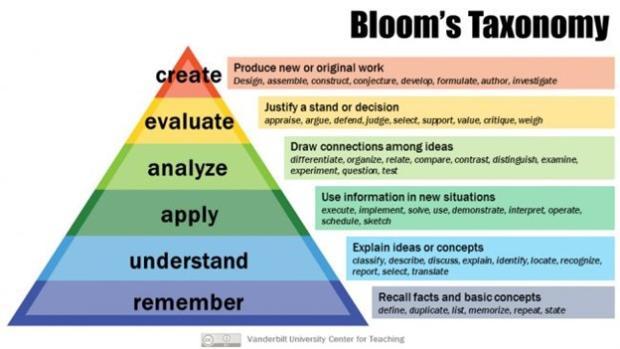- VCC Strategic Innovation Plan - understand the values guiding VCC and strategic priorities related to teaching;
- Educational policies like copyright, academic integrity, students with disabilities, and student non-academic conduct related to the classroom;
- Official program content guide and course outlines – check with your department leader. Make sure your course syllabus aligns with the official course outline;
- Online Classroom Agreement
Getting Started - New Faculty

Image: iStock
CTLR provides individual consultations, departmental workshops, and group workshops on instructional skills and strategies for all faculty.
New faculty at VCC can get support with this brief overview of foundational strategies and resources to create a successful learning experience for your students.
Each year, CTLR offers at least one "Orientation to Teaching at VCC" workshop.
Here are samples from recent workshops:
“Backwards design” is a three-step process for course design that starts by identifying what students should be able to know or do (desired learning outcomes) at the end of the course, and then aligning assessments and learning activities to ensure students reach those outcomes. Course design does not start from “content” or “topics”. See links below to use it in planning your own course.
Bloom’s taxonomy is a key educational theory used to define levels of learning goals within the three domains of learning: cognitive, affective and psychomotor. It also guides the design of assessments that will accurately measure achievement of those learning goals, and the learning activities that help students reach those learning goals. Make sure your students are aware of the learning objectives for each lesson.

More resources on Bloom's taxonomy and writing learning objectives:
- Bloom’s taxonomy learning activities and assessments (University of Waterloo);
- VideoScribe - Writing Learning Objectives;
- Writing Good Learning Outcomes (self-paced course from CTLR).
A well-designed syllabus gives students a clear understanding of your expectations, what they can expect of you and a road map for the course. Your course syllabus should align with the official course outline in terms of course description, evaluation plan and topics; and with department standards. Use the syllabus checklist or accessible Word document below to create yours.
Our Instructional Associates can also assist you with mapping your course. A course map is a detailed outline of your course and an important tool in the course design process. A course map:
- Helps you to organize the content of your course for effective teaching and learning;
- Shows how you will construct and assess each of your course learning outcomes;
- Helps you to plan how you will deliver your teaching and learning activities;
- Follows a backward design model that explicitly connects learning outcomes, assessments, teaching and learning activities, and course content.
Additional Resources:
Lesson planning is essential to student (and teacher) success as it identifies learning objectives for the lesson, aligns assessment and activities with the learning objectives, specifies materials needed for the lesson, supports effective time management, ensures an organized flow, and keeps students actively engaged when lecture limited to 12 minute chunks or less. It’s also a valuable teaching tool/record for future course offerings.
- BOPPPS Model (6-min video);
- BOPPPS Lesson Plan Infographic (PDF);
- BOPPPS Template (University of Calgary) (Word doc);
- BOPPPS Template (Word doc).
Student wellbeing is supported through using effective teaching strategies, creating an environment of belonging and inclusion, and holistic support for students. See below for some practical ideas of how instructors can support wellbeing in the classroom and onto our next page to learn more about creating positive learning environments.
Learning how to teach never ends as we are continuously reflecting on and refining our practice.
- Email CTLR's Instructional Associates for individual consultations;
- Professional development opportunities;
- Getting started with the first day of class.
